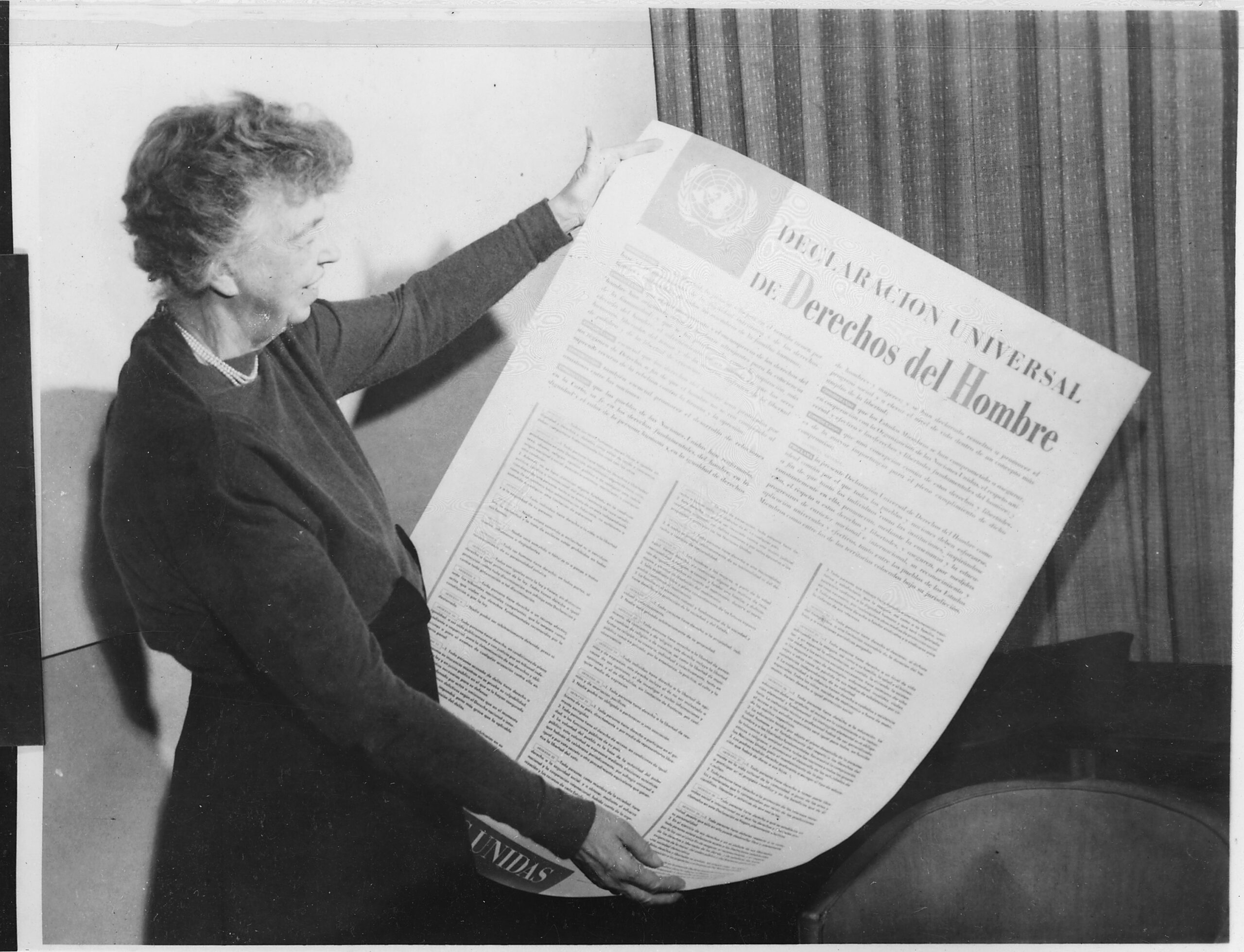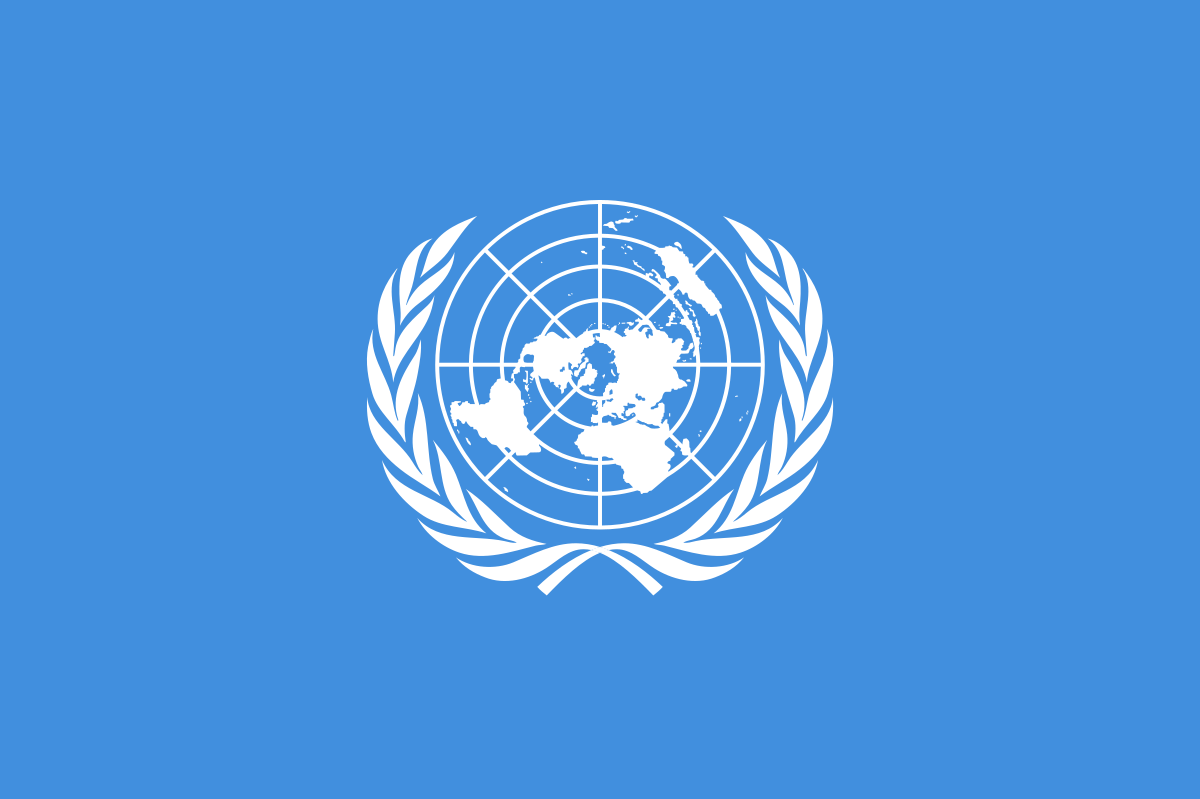In a report on human rights and foreign policy written in 1984, Hugh Keenleyside and Patricia Taylor lambasted the Trudeau government for its hypocritical and inconsistent approach to human rights. In particular, they noted the government’s unwillingness to take action against countries for human rights abuses where Canada had strong commercial interests. Three years later, both the Standing Committee on External Affairs and International Trade and the Canadian International Development Agency called upon the Progressive Conservative government of Brian Mulroney to link humanitarian aid more closely to the development of political, civil, and social rights. Yet the government continued to prioritize geopolitical and economic interests in foreign policy. It did cancel several aid projects and banned high-level visits in the wake of the Tiananmen Square massacre in 1989, but this did not have a significant impact on Canada’s relations with China. On the contrary. Bilateral aid to that country actually increased in 1991, and China was the leading recipient of Canadian aid by 1994. In fact, as one historian has noted, “Canadian aid in this period was marginally more likely to flow to countries with poor human rights records than those with better records, making the aid–rights linkage almost entirely rhetorical.”
Still, Mulroney was quick to encourage intervention after the fall of governments in Yugoslavia and Haiti. This was a notable departure from the past policy of avoiding interfering in the internal politics of other nations. Canada participated in sanctions against Libya, Serbia, Montenegro, Haiti, Liberia, and Angola. But by far the most visible human rights initiative in Canada’s foreign policy involved participation in international sanctions against South Africa. The PC government implemented several new human rights policies. It linked developmental assistance to a state’s human rights record; implemented a training program on human rights for personnel in the Department of External Affairs and the Canadian International Development Agency; established a human rights unit in the latter; produced a manual for reporting on human rights and distributed it to officials posted abroad; and published annual reports on the human rights records of countries receiving financial aid. Aid to Indonesia was suspended in 1991 after reports of a massacre in East Timor. Meanwhile, the Parliamentary subcommittee on international human rights, established in 1989, became a forum for advocacy groups and MPs to critique foreign policy. Parliament also created the International Centre for Human Rights and Democratic Development (Rights and Democracy) in 1988. This was one of the few state-sponsored human rights agencies in the world with a mandate to promote human rights through advocacy rather than simply through research activities. The federal government was also a major funder of at least half a dozen international human rights organizations in the 1990s.
Human rights had by now become an integral component of foreign policy discourse. Prime ministers routinely paid homage to this principle in speeches and lent rhetorical support to protecting human rights in other countries. In 1991, for instance, Prime Minister Mulroney declared before the Commonwealth Heads of Government meeting that “nothing in international relations is more important than respect for individual freedoms and human rights. For Canada, the future course is clear: we shall be increasingly channelling our development assistance to those countries that show respect for the fundamental rights and individual freedoms of their people.” By 1992, Canada had committed more than 4,400 military troops to fourteen peacekeeping missions abroad, most notably in Yugoslavia and Somalia. In 1993, two years after the Liberals defeated the PCs in a national election, the federal government reaffirmed its commitment to human rights in a White Paper that linked the promotion of human rights to security and good governance. Canada continued to bolster its credibility abroad as an advocate of human rights. In 1997, for example, it was the first country to initiate a bilateral human rights dialogue with Indonesia, which led others to soon do the same. Canada also played a key role in establishing a landmark international treaty to ban land mines, and was later one of the first signatories to the 1998 Rome Statute that created the International Criminal Court to prosecute genocide, war crimes, and crimes against humanity. The country has remained an active member of the UN Commission on Human Rights. Finally, it is worth pointing out that Canada has played a leading role in facilitating the diffusion of national human rights institutions around the world. This has taken the form of sending experts abroad to help train personnel, as well as providing financial assistance. Canada, for instance, has been one of the major financial backers of human rights commissions in South America, most notably the Inter-American Commission on Human Rights.
Foreign policy has been both the weakest link in Canada’s rights revolution and the least contested. Since 1986, export guidelines have banned the sale of arms to countries with a “persistent record of serious violations of the human rights of its citizens.” The policy did not, however, prevent the federal government from selling arms to Chile, Guatemala, Pakistan, the Philippines, South Korea, or Indonesia in the 1980s or to Saudi Arabia in 2005 and 2015. And in relation to China, Mulroney and Jean Chrétien may have discussed human rights in private meetings with Chinese leaders.

Further Reading
- Clément, Dominique. “Human Rights in Canadian Domestic and Foreign Politics: From “Nigardly Acceptance” to Enthusiastic Embrace.” Human Rights Quarterly 34, no. 3 (2012): 751-78.
- Harrington, Joanna. “Canada and the United Nations Human Rights Council: Dissent and Division.” University of New Brunswick Law Journal 60 (2010): 1-47.
- Hobbins, A.J. “Eleanor Roosevelt, John Humphrey and Canadian Opposition to the Universal Declaration of Human Rights: Looking Back on the 50th Anniversary of the Udhr.” International Journal 53, no. 2 (1998): 325-42.
- Keenleyside, T.A., and Nola Serkasevich. “Canada’s Aid and Human Rights Observance: Measuring the Relationship.” International Journal45, no. 1 (1989-90): 138-69.
- Keenleyside, T.A., and Patricia Taylor. The Impact of Human Rights Violations on the Conduct of Canadian Bilateral Relations: A Contemporary Dilemma. Toronto: Canadian Institute of International Affairs, 1984.
- Lui, Andrew. Why Canada Cares: Human Rights and Foreign Policy in Theory and Practice. Montreal: McGill-Queen’s University Press, 2012.
- Mahoney, Kathleen. “Human Rights in Canadian Foreign Policy.” International Journal 47 (1991): 555-94.
- Marshall, Dominique. “The Cold War, Canada, and the United Nations Declaration of the Rights of the Child.” InCanada and the Early Cold War, 1943-1957, edited by Greg Donaghy, 183-214. Ottawa: Department of Foreign Affairs and International Trade, 1998.
- Matthews, Robert O., and Cranford Pratt, eds. Human Rights in Canadian Foreign Policy. Kingston and Montreal: McGill-Queen’s University Press, 1988.
- McEvoy, J.P., and Donald Fleming. “Canada, Human Rights and the O.A.S.”. Review of Constitutional Studies 1, no. 1 (1997-1998): 124-51.
- Mckercher, Asa. “Sound and Fury: Diefenbaker, Human Rights, and Canadian Foreign Policy.” Canadian Historical Review 97, no. 2 (2016): 165-95.
- Mendes, Errol P. “Canada, Asian Values and Human Rights: Helping the Tigers to Set Themselves Free.” In Canada among Nations 1997: Asia Pacific Face-Off, edited by Fen Osler Hampson, Maureen Appel Molot and Martin Ruder, 167-86. Ottawa: Carleton University Press, 1997.
- Nolan, Cathal J. “The Influence of Parliament on Human Rights in Canadian Foreign Policy.” Human Rights Quarterly 7, no. 3 (1985): 373-90.
- Nossal, Kim Richard. “Cabin’d, Cribb’d, Confin’d: Canada’s Interests in Human Rights.” In Human Rights in Canadian Foreign Policy, edited by Robert O. Matthews and Cranford Pratt, 23-45. Kingston and Montreal: McGill-Queen’s University Press, 1988.
- ———. Rain Dancing: Sanctions in Canadian and Australian Foreign Policy. Toronto: University of Toronto Press, 1994.
- Pries, Kari Mariska. “Repression, Freedom and Minimal Geography: Human Rights, Humanitarian Law, and Canadian Involvement in El Salvador, 1977 – 1984.” MA, Queen’s University, 2007.
- Schabas, William A. “Canada and the Adoption of the Universal Declaration of Human Rights.” McGill Law Journal 43, no. 2 (1998): 403-44.
- Scharfe, Sharon. “Blood on Their Hands: Human Rights in Canadian Foreign Policy? A Case Study of the Canada-Indonesia Relationship.” Carleton University, 1994.
- Schmitz, Gerald J. “Human Rights, Democratization, and International Conflict.” In Canada among Nations, 1992-1993: A New World Order?, edited by Fen Osler Hampson and Christopher J. Maule, 235-55. Ottawa: Carleton University Press, 1992.
- Webster, David. “Canada and Bilateral Human Rights Dialogues.” Canadian Foreign Policy Journal 16, no. 3 (2010): 43-63.
- Fire and the Full Moon: Canada and Indonesia in the Decolonizing World. Vancouver: UBC Press, 2009.




